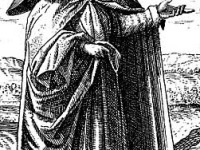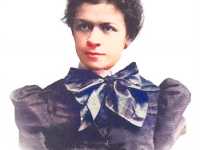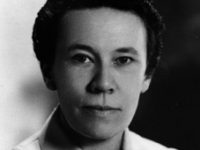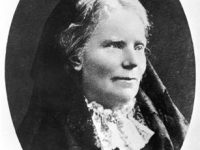Mary the Jewess and the Origins of Chemistry
Mary the Jewess (also known as Maria Prophetissima or Miriam the Prophetess) is a figure who first appeared in the works of the Gnostic Christian writer Zosimos of Panopolis, whose sources for this are not clear. On the basis of Zosimos’s comments, she lived between the first and third centuries A.D. She is credited with the invention of several kinds of chemical apparatus and is considered to be the first true alchemist of the…
Read more








